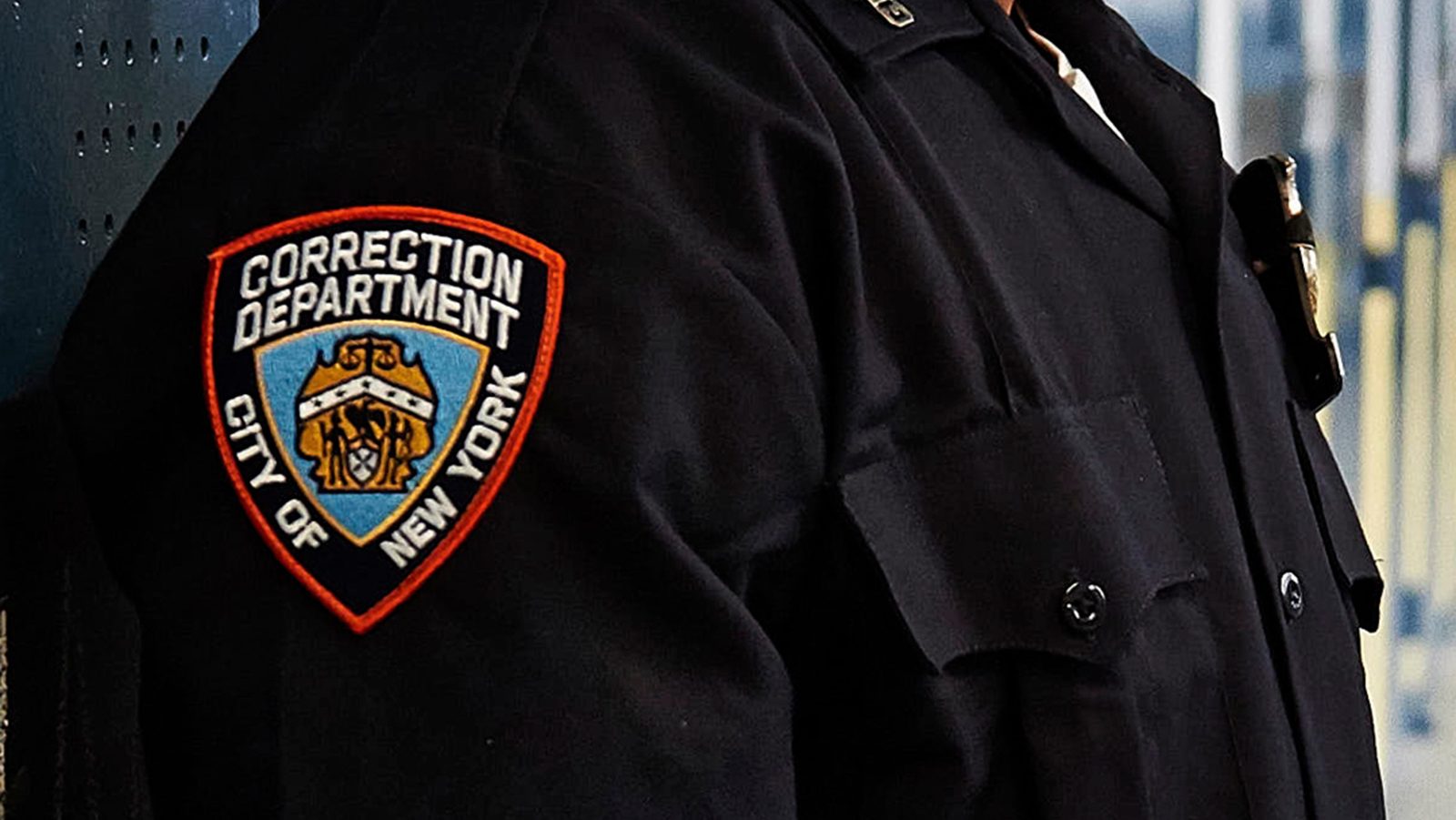The new chair and CEO of the MTA said that while there are serious challenges when it comes to installing subway platform safety barriers, there are a number of stations where it would be feasible, and the agency would like to go ahead with a pilot program.
“There are serious challenges to installing — we have three different cars with doors in different places. ADA access for wheelchairs is an issue,” Janno Lieber said Thursday on "The Brian Lehrer Show," also noting that some platforms are too narrow or unable to bear the extra weight.
Lieber said that, after analyzing the engineering at each station, the agency has identified “40-100 stations where platform barriers are possible” and said he would like to go ahead with a pilot program to test them. The MTA released a nearly 4,000 page document to prove that it has looked into the issue, finding many challenges.
Platform barriers are used to create a barrier between the platform and the tracks to prevent people from falling — or being pushed — onto the tracks. Talk of barrier installations in NYC was prompted after a homeless man fatally shoved a 40-year-old woman into the path of an oncoming subway in Times Square earlier this month in an alleged unprovoked attack. Some advocates and officials have since asked the MTA to try a pilot program with the safety barriers, the installation of which could cost in the billions of dollars. Lieber acknowledged the cost would be a "challenge."
Get Tri-state area news and weather forecasts to your inbox. Sign up for NBC New York newsletters.
The city needs to fund the transit agency "as an essential service," Lieber said, and he hopes that congestion pricing in Manhattan's central business district, still a couple of years down the road, will help with funding long-term.
Lieber, who had been serving as the agency's acting chair since July 2021, said the MTA has been studying installation of barriers for years, long before the most recent incident. He also noted the importance of addressing mental health and homelessness to improve transit safety and praised Mayor Eric Adams’ administration for taking a “first step” by placing more police officers on trains and subway platforms.
Manhattan Borough President Mark Levine said it's simply a matter of safety, and catching up with other major cities around the world.
Local
"Tokyo, Sao Paulo, Sydney, Santiago, Hong Kong, Delhi ... This is a short list of some of the cities in the world that have already installed platform screen doors in their subway system," Levine said.
The doors aren't totally unheard of even in the city: The AirTrain at JFK Airport already has them.
"It's not just safety and these incidents of crime, it's also the confidence riders need in our MTA to get back on the rails now," said State Senator Brad Hoylman.
Earlier in the week, the NYPD told riders that they will see more cops on platforms and trains. That is in addition to the governor's pledge to funnel mental health services into the system.
"We are not demanding that this installation happen immediately in all 472 stations. We are here to say: Start, prove that it works, and then expand," Levine said.
The barrier door developments come as the police department put out a video and photo of a man they are looking for in connection to another subway pushing incident. Investigators said that the man in ripped jeans and a black top shoved a 62-year-old man in front an A train on Sunday. The victim survived the attack, but suffered a gash on his left leg and other bruises to his body.



